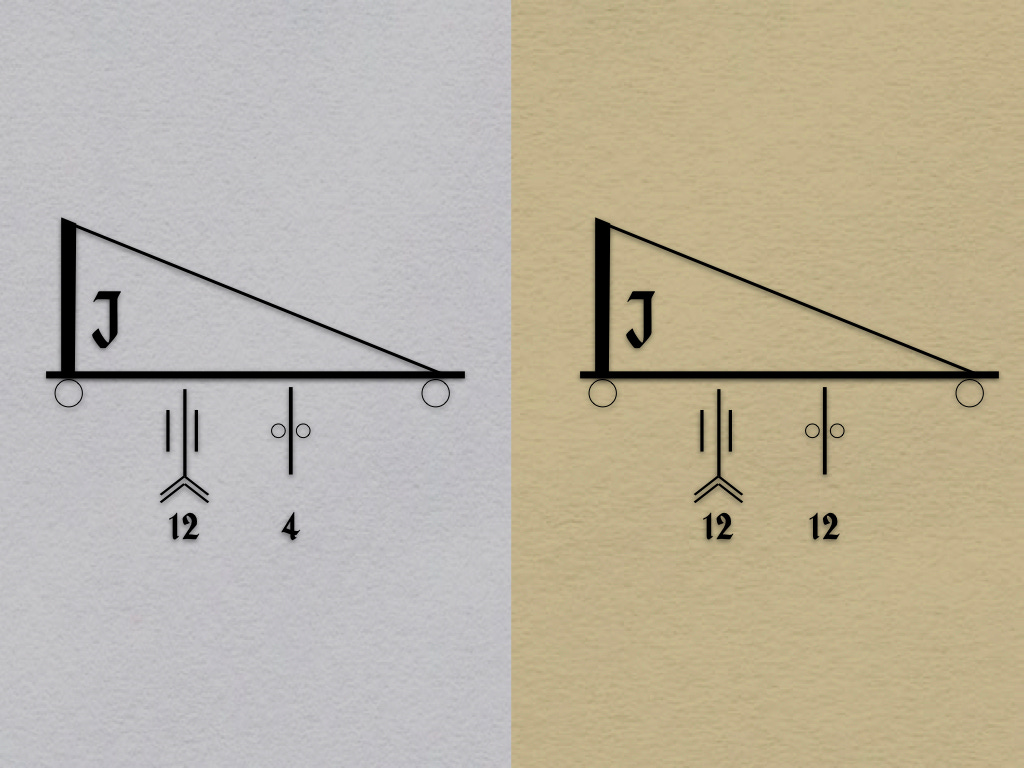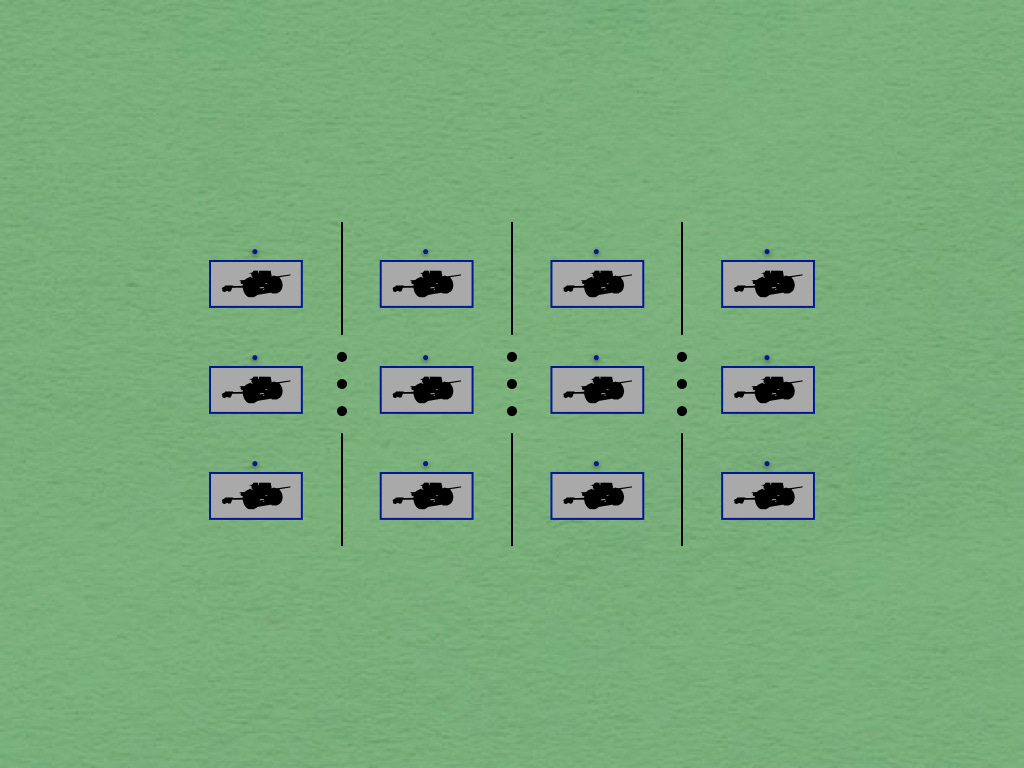The Anti-Tank Company of the US Army Infantry Regiment (October 1940)
Battalion: An Organizational Study of United States Infantry
The estate of the late John Sayen has graciously given the Tactical Notebook permission to serialize his study of the organizational evolution of American infantry battalions. The author’s preface, as well as previously posted parts of this book, may be found via the following links:
The authors of the tables of organization of 1 October 1940 took the anti-tank platoon out of the regimental headquarters and expanded it into an anti-tank company. In doing this, they provided the infantry regiment with its first (and, for the time being, only) fully motorized company.
The idea for a fully motorized anti-tank company armed with twelve 37mm anti-tank guns came from the contemporary German Army. Indeed, the similarities between the two companies are such that, when both are depicted using German tactical symbols, the only difference that emerges concerns rifle-caliber automatic weapons. (Where the German company had four light machine guns, the American company had twelve Browning automatic rifles.)
If, however, we use the “NATO with silhouette” symbols, three additional differences emerge. First, where the German anti-tank company consisted of four three-gun platoons, its American counterpart had three four-gun platoons. Second, where the leader of each German anti-tank gun crew reported directly to the platoon commander, American anti-tank gun squads were, in keeping with the pattern established for other units armed with infantry heavy weapons, paired off to form sections. Third, where the one light machine gun in each German platoon was operated by a pair of machine gunners in the platoon headquarters, two of the Browning automatic rifles in each platoon were assigned to a separate thirteen-man “rifle squad.” (The other two automatic rifles in each platoon were divided between the two sections.)
.
For details on the US Army anti-tank company of October 1940, please see the diagram (with notes) on the other end of the following link:
For Further Reading:









W/rgd to organic and section heavy weapons as opposed to consolidated under here plt leader, and so on up consolidated weapons or artillery, and now MANPADS and antidrone, and Drones for reconnaissance;
Sorry you need BOTH.
And if it’s not organic, they probably won’t fire.
Or they CAN, but they won’t.
ROE etc.
Yes the Battalion should have some pure assets, but also heavy weapons and crew served defense weapons including anti drones and MANPADS are needed at the company level as well. You need firepower forward and you need assets for each level of command.
The riflemen as mainstay and the rest “support?”
> Start writing letters now. <
See Ukraine, et al.
And while you can get green troops to try anything once, IF they live THEN they won’t do that again...
The more crew served the merrier. We’re years into a full on conflict before we have a sufficient density of leadership that will listen instead of draw big arrows and scream at subordinates when the plan doesn’t happen. That takes time and a humility learned at the hands of the foe and your own conscience.
What we have is peacetime and long peace career tracks that don’t really do war, it’s too controversial and pretty much a career dead ender or at least stall out. The path to power and the path to knowledge have quite been separated and divergent a long time.
Boyd said be somebody or do something; that’s a long time ago, now if you do something the somebody’s drive you out.
They’re very good at what they do, the do somethings are pawns taken in 1-3 moves.
So in the meantime, “you’re taking the mortars, right?”
“You bet, and we’re taking ___ and ___”.
Because if what you need isn’t organic it won’t fire.
They.Won’t.Fire.
So if we have to choose, organic.
Then work its way up with the people we know fired.